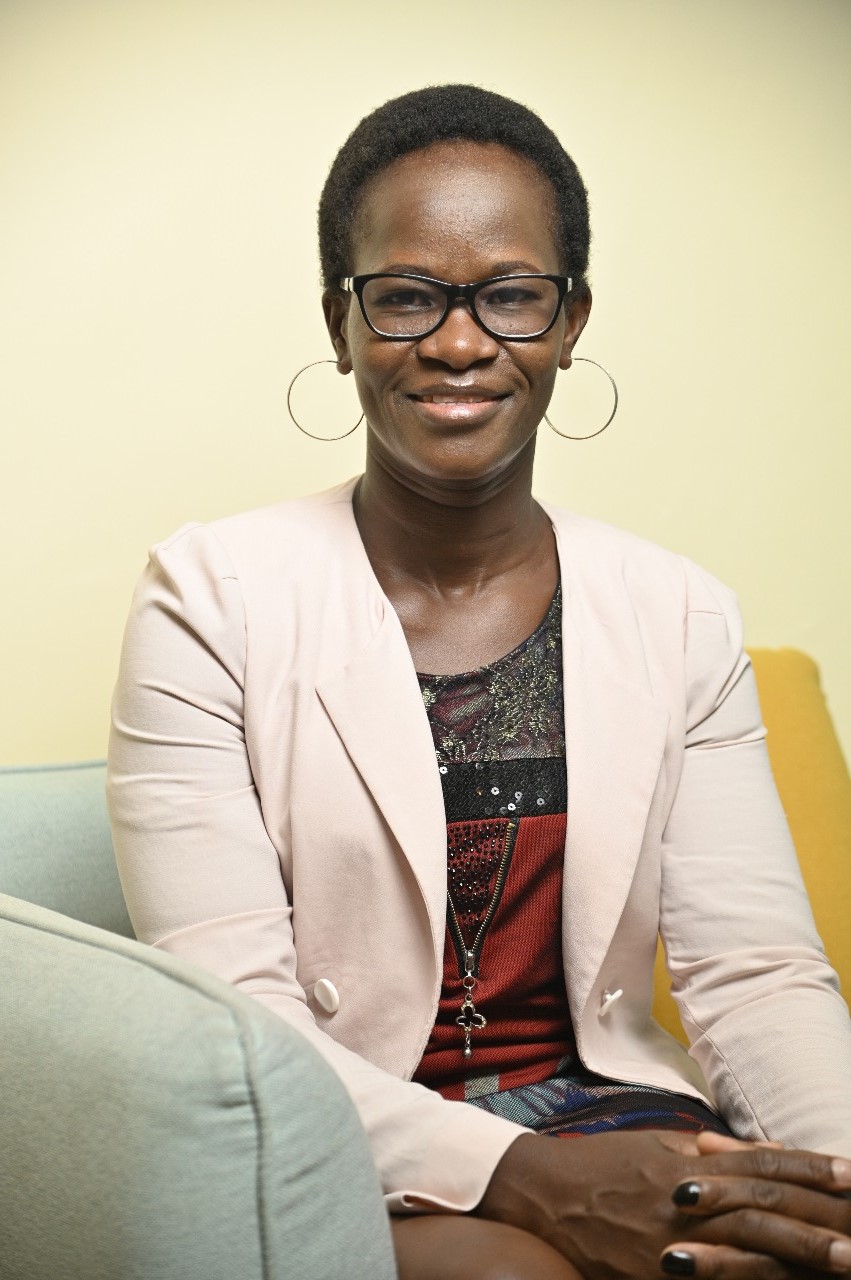Recently, the push for governments, civil societies, the private sector among other stakeholders to adopt circular business models to reduce climate change, encourage sustainable consumption that allows for regeneration of the natural ecosystem, build an economy that eliminates waste and pollution has gained traction. We can attest to this through the different efforts deployed by different stakeholders to build back better not just for businesses but for the planet and society.
But how do we make the shift in these changing times?
Businesses need to adopt and embed circular economy in their climate strategies. It’s no longer business as usual but to have a shift on how to conduct activities. Businesses’ objectives should be based on building a more resilient, thriving, and a circular economy. Re-designing long-lasting products to enable re-use, refurbishing, and recycling back into the economy. The service ownership model should be adopted by businesses where customers have no ownership of a product but the service it provides. The producer then remains the sole owner of a product and is responsible for its collection for re-use, repair, remanufacture, and recycling or sustainable incineration at the end of its lifespan.
As the government implements enabling policies that are evidence-based, it has to ensure the establishment of the necessary infrastructure, to create a level playfield for everyone and in turn eliminating joy riders and making it straightforward for businesses to transition.
For instance, the Ministry of Environment and Forestry in partnership with the Private Sector players implementation of the Sustainable Waste Management policy and bill 2020 is a milestone for Kenya’s journey to adopt circularity in all its sectors. This has culminated in the establishment of the Extended Producer Responsibility, which mandates producers to take responsibility for that which they put in the market.
As the government ensures there is an enabling environment for circular economy adoption, other stakeholders should not be left behind.
Creating awareness on the different EPR aspects to the various sectors and the public is a game-changer. Producers will soon have no option but to comply with the law, which has triggered them to stop and re-think their systems on how to restore and regenerate to create value out of what is available. System change needs direction and how to implement the change, this then is inculcated in the business DNA to get the buy-in of all stakeholders.
For this reason, it is key to appreciate that EPR is by itself insufficient and needs to be complemented by a wider set of policies, voluntary industry action, and innovation towards a circular economy. Furthermore, achieving circularity is capital intensive and takes a lot of time. This calls for collaboration among investors and other industry players.
Financial institutions should understand the impact of investing in green sustainable ventures that will have a positive impact on people, the planet, and profit. On the other hand, businesses should analyse the cost of transitioning to a circular economy vis-a-vis the risks of sticking to the linear economy models. Transitioning to a circular economy is a gradual, systemic, and long-term process that needs a focused leader to restructure the company’s models to run in the long term and ensure a sustainable environment and that employees have secure jobs at the end of the day.
As businesses transition towards building back better post this pandemic, they should have in mind that achieving a circular economy is highly dependent on the consumer. A customer is a very crucial stakeholder in the circular economy and the biggest funder of any business, thus the need to empower consumers.
Consumer awareness is a priority to the shift of mindset on recycled products. This will clear the misconceptions on the use of recycled materials that are rather perceived as of less value, poor quality, and not durable. Producers should seek to build relational exchange with their customers instead of transactional exchanges. Involve customers in processes through the adoption of technology that will inform on the material composition, product tracing, take back schemes and where the product ends up. This kind of relationship goes beyond the initial sale.
If what is recycled is to be absorbed back into the economy, the producer should ensure the safety of the consumer that uses the recycled materials/products. Quality of the products and its service line should be clearly stated through labelling. A consumer plays a big role when it comes to adding value to the product after consumption. This can only be achieved through proper sorting at the source to ensure clean collected materials through sustainable waste management.
Let’s accelerate this transition to build back better, since we have just one planet to live on.
By Pracksidis Wandera, Project Assistant and Sustainable Inclusive Business, under the Kenya Private Sector Alliance (KEPSA)



